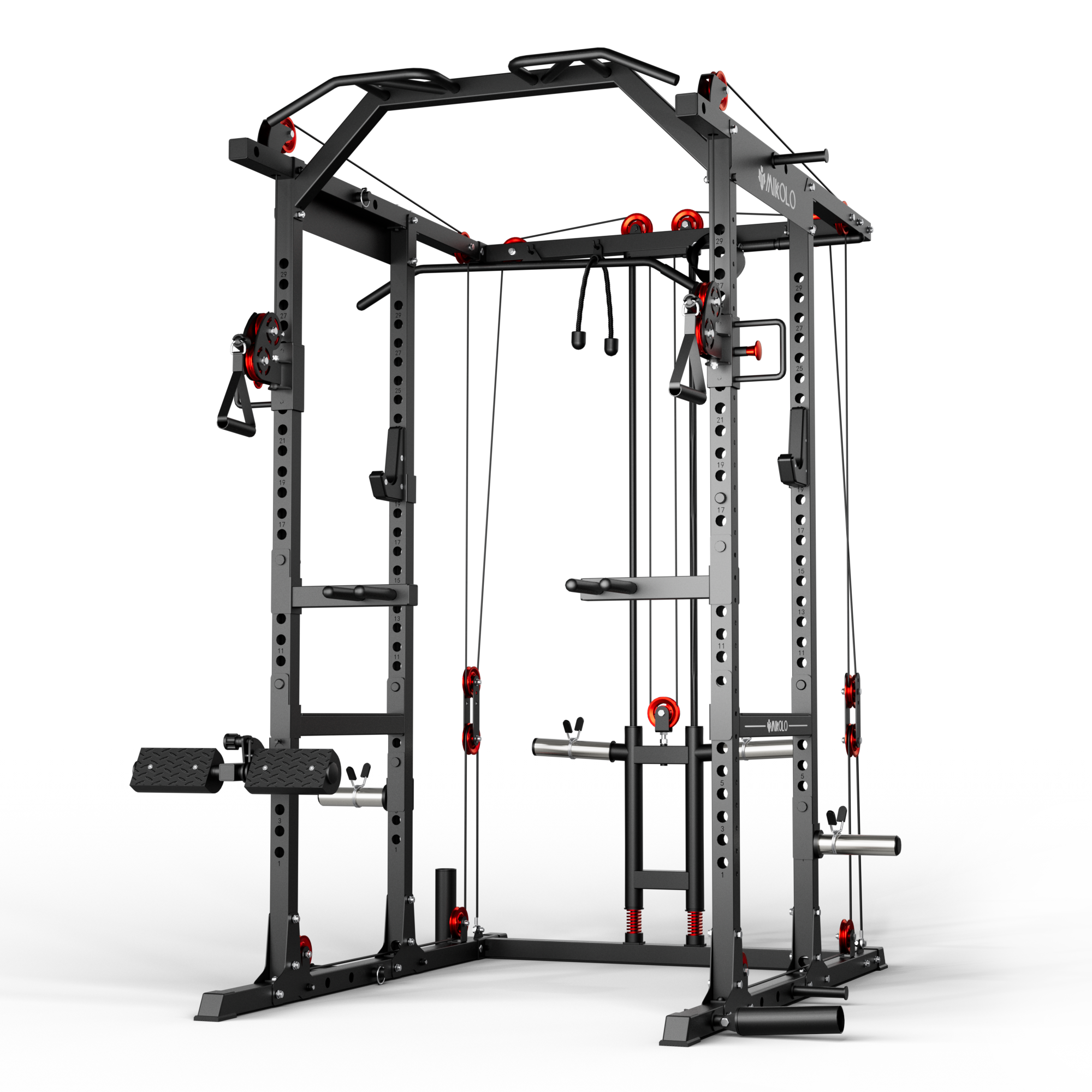If your goal is a well-rounded, sculpted chest, the incline dumbbell press is a cornerstone movement you shouldn’t skip. This variation targets the clavicular head of the pectoralis major—the upper chest—while also activating the anterior deltoids and triceps. Performed correctly, it not only enhances aesthetics but also improves pressing strength and shoulder stability.
Why Use Dumbbells on an Incline?
Dumbbells introduce a greater range of motion compared to a barbell, allowing your arms to move independently. This enhances muscle activation, encourages balanced development, and helps correct strength imbalances. Performing the press on an incline bench shifts the workload upward—literally—making it ideal for upper chest isolation.
Setting Up for the Incline DB Press
To begin, set your adjustable bench to an angle between 30 and 45 degrees. This range hits the sweet spot between chest and shoulder engagement. Too steep, and your shoulders dominate; too flat, and it turns into a regular bench press.
Once the bench is set:
-
Sit back with dumbbells resting on your thighs.
-
Kick the dumbbells up to shoulder level as you lean back.
-
Keep feet flat, core braced, and lower back in a neutral arch.
Executing Proper Incline Dumbbell Press Form
Form dictates results. Here’s a precise step-by-step breakdown:
-
Grip and Position
Hold the dumbbells with a neutral or slightly pronated grip. Elbows should be angled at about 45 degrees to your torso—not flared out or tucked too close. -
Pressing Motion
Press the dumbbells upward in a controlled arc—not straight up. At the top, the dumbbells should come close but not clang together. Focus on a strong chest contraction without locking the elbows. -
Controlled Descent
Lower the dumbbells slowly to chest level, about in line with the upper pecs or collarbone area. Keep wrists neutral and elbows under control—no dropping or bouncing. -
Breathing
Inhale on the way down, exhale on the press up. Maintain tension in the pecs throughout each rep.
Tips for Better Activation
-
Squeeze at the Top: At the peak of the lift, consciously contract your chest for 1–2 seconds before descending.
-
Don’t Overload: Choose a weight that lets you complete every rep with strict form. Ego lifting leads to shoulder strain, not chest growth.
-
Angle Awareness: A slight adjustment in bench angle can drastically shift muscle recruitment. Experiment within the 30–45 degree range to find your ideal position.
Common Mistakes to Avoid
-
Using Too Much Shoulder: If your shoulders are burning more than your chest, reduce the bench angle or check your elbow position.
-
Rushed Reps: Fast pressing limits time under tension. Slow down and feel the muscles working.
-
Arching Excessively: A natural lumbar curve is fine, but an exaggerated arch can lead to lower back stress.
Variations and Progressions
-
Incline Dumbbell Chest Press (Palms Facing In): This reduces shoulder strain and emphasizes chest engagement.
-
Incline Dumbbell "A" Press: The arms follow a slight inward arc, forming an “A” shape at the top—ideal for targeted upper pec stimulation.
-
Single-Arm Incline Press: Great for isolating each side and engaging core stability.
Final Thought
Whether you're training at home with adjustable dumbbells or in a full gym setup, the incline dumbbell bench press delivers unmatched benefits for upper chest development. Prioritize form, remain consistent, and make small adjustments to continue progressing. This isn’t just a chest exercise—it’s a foundation for a stronger, more symmetrical upper body.













































Leave a comment
This site is protected by hCaptcha and the hCaptcha Privacy Policy and Terms of Service apply.